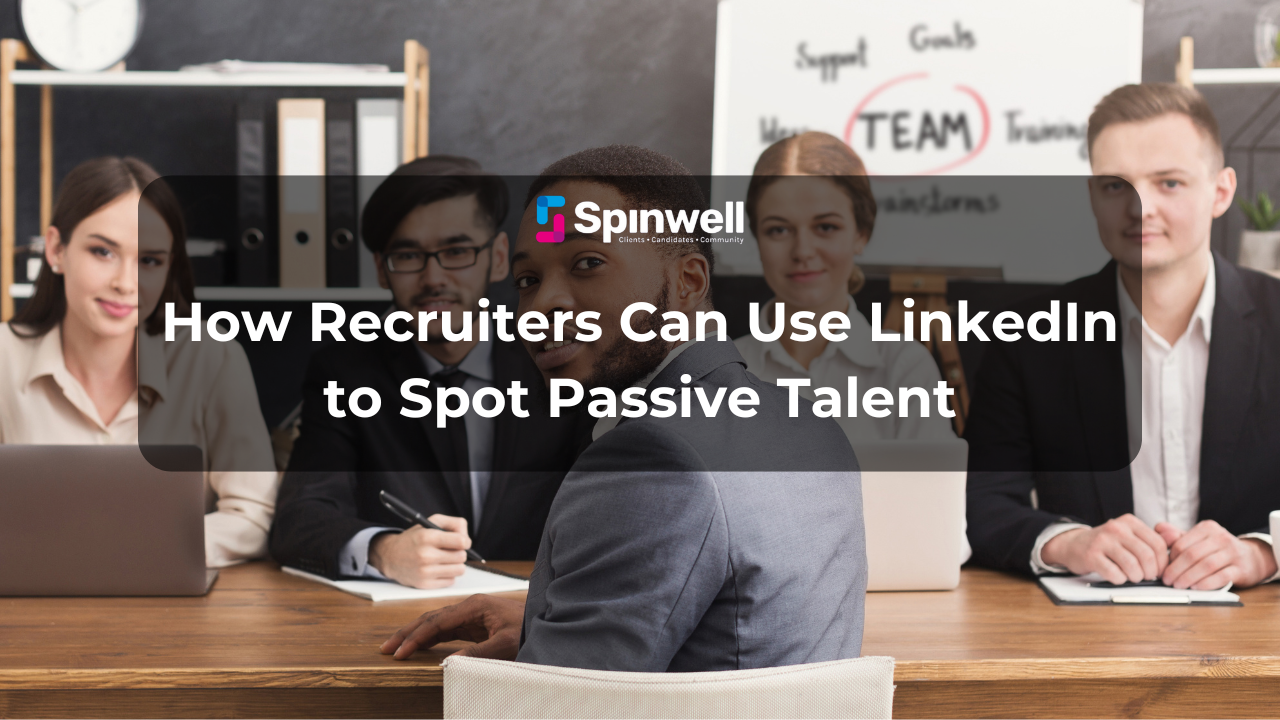

Ghosting isn’t just for dating apps anymore — it’s now an all-too-common frustration in the world of recruitment. Picture this: you’ve sourced a great candidate, had a promising initial call, maybe even scheduled the next interview… and then silence. No replies to emails. No answers to calls. Just — gone. Sound familiar? You’re not alone. In today’s fast-paced job market, more and more candidates are vanishing mid-process, leaving recruiters and hiring managers puzzled and pressed for answers. But the truth is, ghosting is usually a symptom — not the root problem. And the good news? With a few simple changes to your process and communication style, you can drastically reduce the chances of it happening.
Let’s break it down.
Why Do Candidates Ghost?
Here are some of the most common reasons candidates suddenly stop replying:
- Poor Communication from the Start
If candidates don’t feel informed, respected, or valued early in the process, they may disengage. Lack of follow-up or vague timelines = red flags.
- Too Many Steps / Too Much Time
Lengthy application processes, slow feedback, or multiple interviews with no updates can cause candidates to lose interest — or accept another offer in the meantime.
- They’ve Accepted Another Offer
In a fast-moving market, top candidates often juggle multiple offers. If your process drags on or lacks transparency, they’ll quietly move on.
- No Personal Connection
If the recruitment process feels robotic or impersonal, candidates may not feel guilty about disappearing. Human connection matters.
- Fear of Confrontation
Sometimes, ghosting is just the easier route. It’s less awkward than saying “thanks, but no thanks” — especially if they’re afraid of being talked into staying in the process.
How to Prevent Candidate Ghosting
While you can’t prevent 100% of ghosting, you can take simple steps to reduce it significantly:
- Speed Up Your Hiring Process
Time kills deals. Aim to shorten the time between application and first contact. Keep interview stages lean and efficient — and don’t let candidates sit in silence.
- Set Clear Expectations Early
Let candidates know what to expect: timelines, interview stages, who they’ll speak with, and when decisions will be made. Clarity builds trust.
- Keep It Human
Use names. Personalise emails. Show interest in their goals. A warm, genuine message goes a long way in building a connection that candidates won’t want to ghost.
- Follow Up — Even If They Don’t Respond
If a candidate goes quiet, send a polite follow-up to check in. Sometimes they just need a nudge. And if they’ve moved on, at least you’ve kept the door open.
- Ask for Feedback
When candidates drop out or say no, ask why (no pressure). Their feedback might reveal what’s not working — and help you fine-tune the process.
Real Talk: Ghosting Works Both Ways
Candidates aren’t the only ones ghosting — some employers are guilty of it too. If you want to build a better candidate experience, it starts with consistent communication on both sides.
Candidate ghosting is frustrating, but it’s often a symptom of a broken or outdated hiring process. By improving speed, clarity, and candidate experience, you’ll not only reduce ghosting — you’ll also attract better talent and build a stronger employer brand.
In today’s market, communication isn’t just a courtesy — it’s your competitive edge.
Get in touch with us
NK
In today’s market, communication isn’t just a courtesy — it’s your competitive edge.






